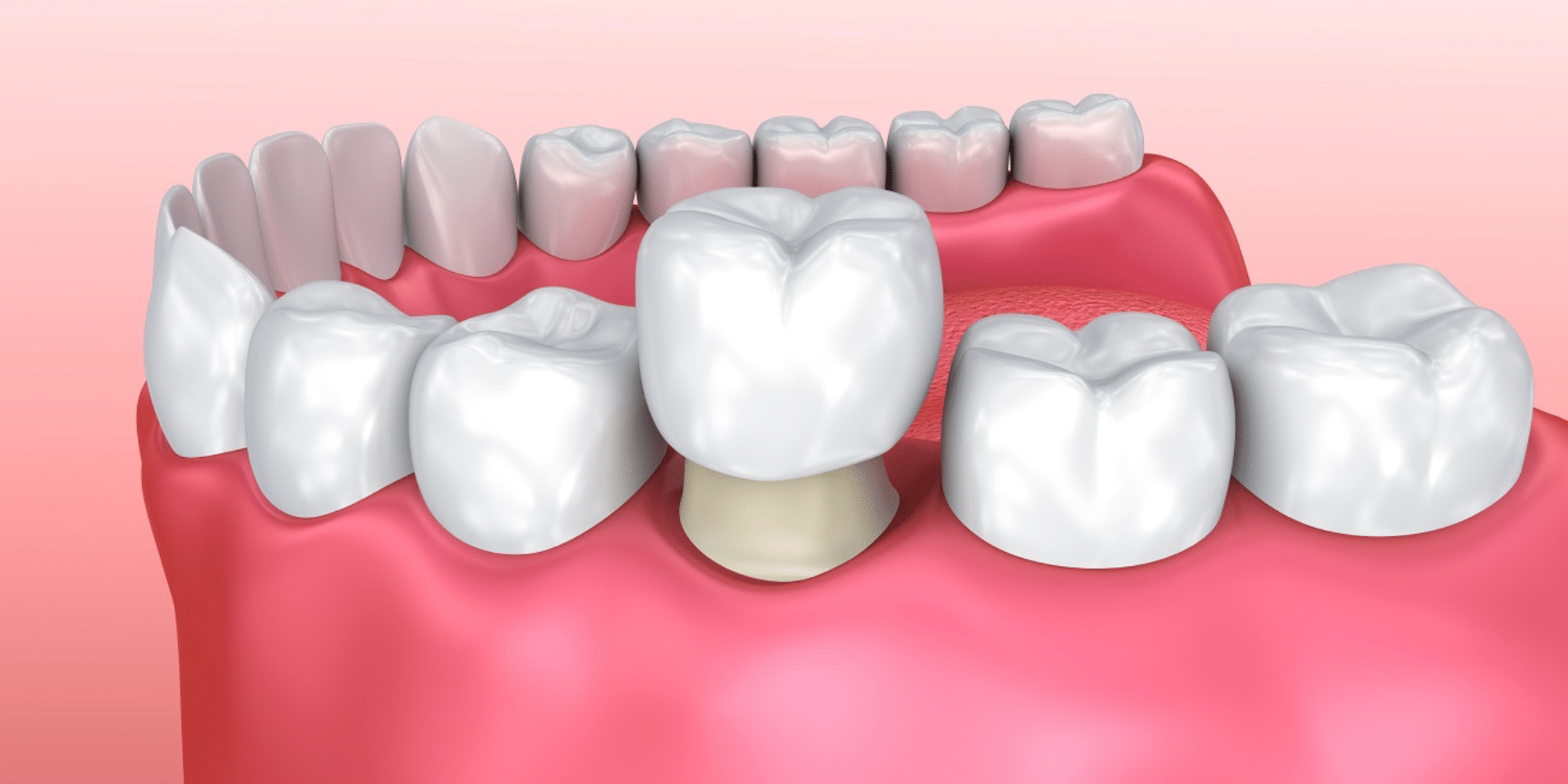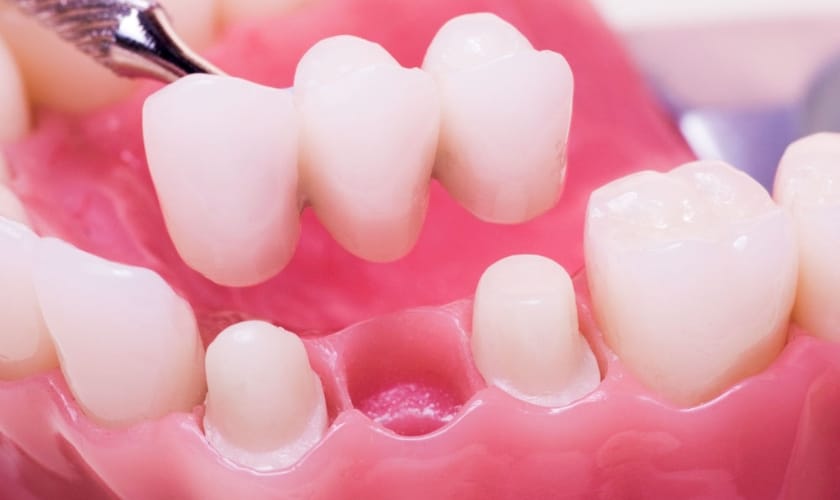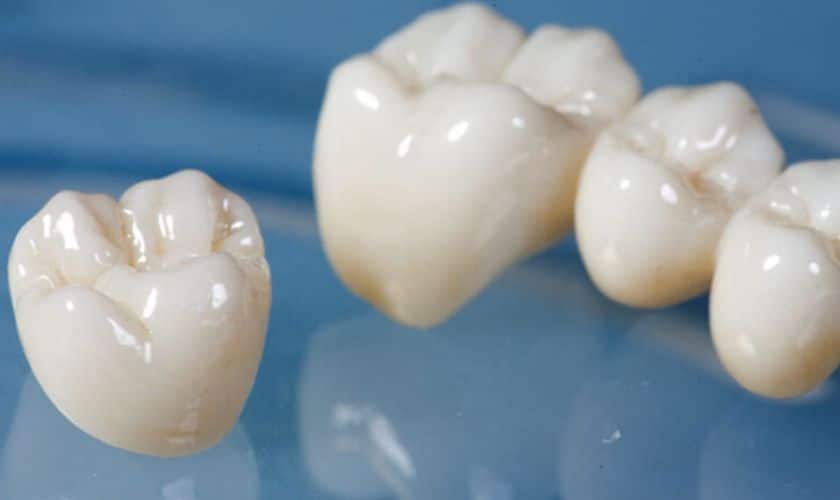
What To Do If Dental Crown Breaks
Dental crowns, also known as caps, play a crucial role in preserving the structure and function of teeth. They are custom-made restorations that encase the entire visible portion of a tooth, providing strength, protection, and aesthetic enhancement. However, despite their durability, dental crowns can sometimes break or become damaged, leading to discomfort and potential complications. In this comprehensive guide, we’ll explore what to do if your dental crown breaks, including immediate steps to take, potential causes, and how to seek professional help for a swift resolution.
Understanding Dental Crowns:
Before delving into the steps to take if your dental crown breaks, it’s essential to understand what dental crowns are and why they are used. Dental crowns are prosthetic devices that are cemented onto existing teeth or dental implants. They are designed to restore the shape, size, strength, and appearance of a tooth, providing protection and support for weakened or damaged teeth. Crowns are commonly recommended for various reasons, including:
- Restoring a tooth after root canal therapy.
- Repairing a broken or fractured tooth.
- Strengthening a tooth that has been significantly worn down.
- Enhancing the cosmetic appearance of a tooth.
- Supporting dental bridges or covering dental implants.

Causes of Dental Crown Breakage:
While dental crowns are designed to be durable, several factors can contribute to their breakage or damage. Understanding these factors can help you minimize the risk and take preventive measures. Some common causes of dental crown breakage include:
- Trauma: Accidents or injuries to the mouth can cause dental crowns to break or become dislodged.
- Tooth Decay: If tooth decay develops underneath the crown, it can weaken the tooth structure and compromise the integrity of the crown.
- Grinding or Clenching: Habitual teeth grinding or clenching, also known as bruxism, can exert excessive force on dental crowns, leading to damage over time.
- Poor Fit: If a dental crown is poorly fitted or not properly cemented, it may become loose or prone to breakage.
- Age and Wear: Over time, dental crowns may wear down or deteriorate, especially if they are subjected to excessive pressure or abrasive foods.
Immediate Steps If Your Dental Crown Breaks:
If you experience a dental crown breakage, it’s essential to take immediate action to minimize discomfort and prevent further damage. Here are the steps to follow:
- Remove the Crown: If the broken crown is still attached to the tooth, carefully remove it to prevent swallowing or choking.
- Clean the Area: Gently rinse your mouth with warm water to remove any debris or particles from the broken crown or the affected tooth.
- Assess the Damage: Examine the tooth and the broken crown to determine the extent of the damage. If the underlying tooth is exposed or if there is any bleeding, apply gentle pressure with a clean gauze to control it.
- Preserve the Crown: If possible, retrieve any broken pieces of the crown and store them in a clean container or plastic bag.
- Manage Discomfort: Over-the-counter pain relievers can help alleviate any discomfort or sensitivity caused by the broken crown. Avoid chewing on the affected side of your mouth until you can seek professional dental care.
Seeking Professional Dental Care:
While the immediate steps mentioned above can help manage the situation temporarily, it’s crucial to seek professional dental care as soon as possible to address the broken crown properly. Here’s what to expect when seeking professional dental care for a broken dental crown:
- Schedule an Appointment: Contact your dentist or prosthodontist promptly to schedule an emergency appointment. Explain the situation and provide details about the broken crown.
- Evaluation and Assessment: During your dental appointment, the dentist will examine the broken crown and assess the underlying tooth structure. X-rays may be taken to evaluate the extent of the damage.
- Treatment Options: Based on the assessment, your dentist will recommend appropriate treatment options to repair or replace the broken crown. These options may include:
- Repairing the existing crown if the damage is minor and the crown can be salvaged.
- Replacing the broken crown with a new one if it cannot be repaired.
- Addressing any underlying issues, such as tooth decay or bruxism, to prevent future crown breakage.
- Crown Replacement Procedure: If a new crown is required, your dentist will take impressions of your tooth to create a custom-made crown that matches the shape, size, and color of your natural teeth. The new crown will then be cemented onto the tooth once it is ready, restoring its function and appearance.
- Follow-Up Care: After the broken crown has been repaired or replaced, your dentist will provide instructions on how to care for your dental crown properly. This may include practicing good oral hygiene, avoiding hard or sticky foods, and attending regular dental check-ups.
Preventing Future Crown Breakage:
While some instances of dental crown breakage may be unavoidable, there are steps you can take to minimize the risk and prolong the lifespan of your dental crowns. Here are some preventive measures to consider:
- Practice Good Oral Hygiene: Brush and floss your teeth regularly to maintain optimal oral health and prevent tooth decay and gum disease, which can compromise the integrity of dental crowns.
- Avoid Trauma: Be cautious when participating in activities that may increase the risk of dental injuries, such as contact sports. Wear a mouthguard to protect your teeth during high-impact activities.
- Address Bruxism: If you grind or clench your teeth, talk to your dentist about treatment options to manage bruxism, such as wearing a nightguard or undergoing behavioral therapy.
- Attend Regular Dental Check-Ups: Schedule routine dental appointments for professional cleanings and examinations. Your dentist can detect any signs of damage or deterioration in your dental crowns and address them promptly.
- Choose a Reputable Dentist: Select a qualified and experienced dentist or prosthodontist to perform the placement and maintenance of your dental crowns. Ensure that they use high-quality materials and techniques for optimal results.
Experiencing a broken dental crown can be distressing, but knowing what steps to take can help alleviate discomfort and facilitate prompt repair or replacement. By understanding the causes of dental crown breakage, taking immediate action when a crown breaks, seeking professional dental care, and adopting preventive measures, you can maintain the health and longevity of your dental crowns. Remember to consult your dentist for personalized advice and treatment options tailored to your specific needs. With proper care and attention, you can enjoy the benefits of a functional and aesthetically pleasing smile for years to come.




